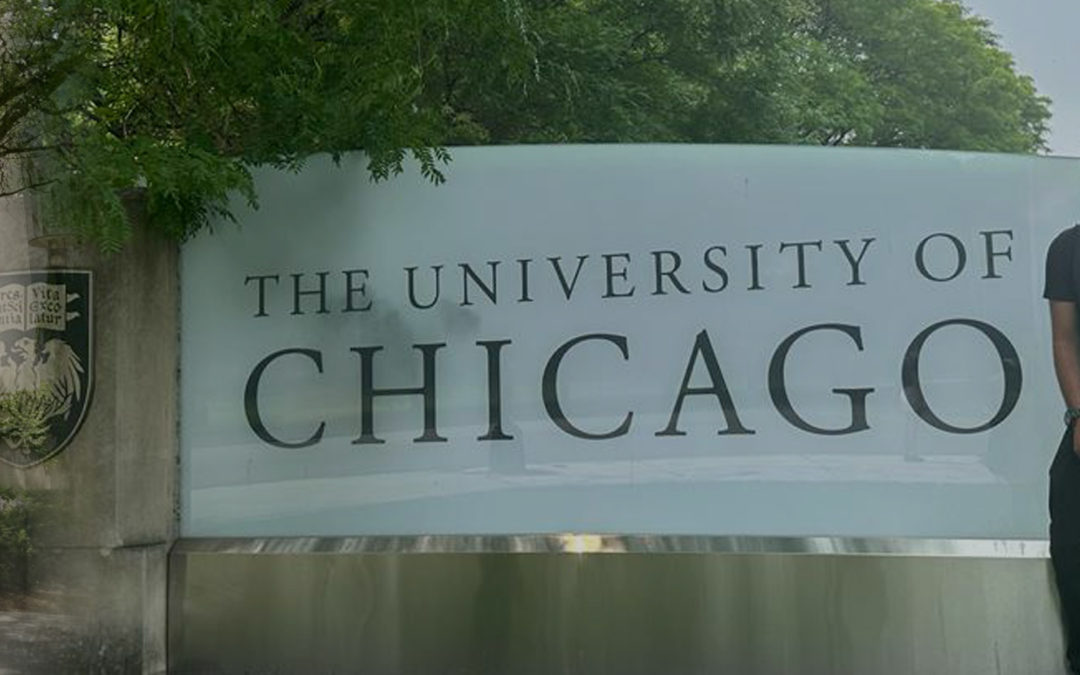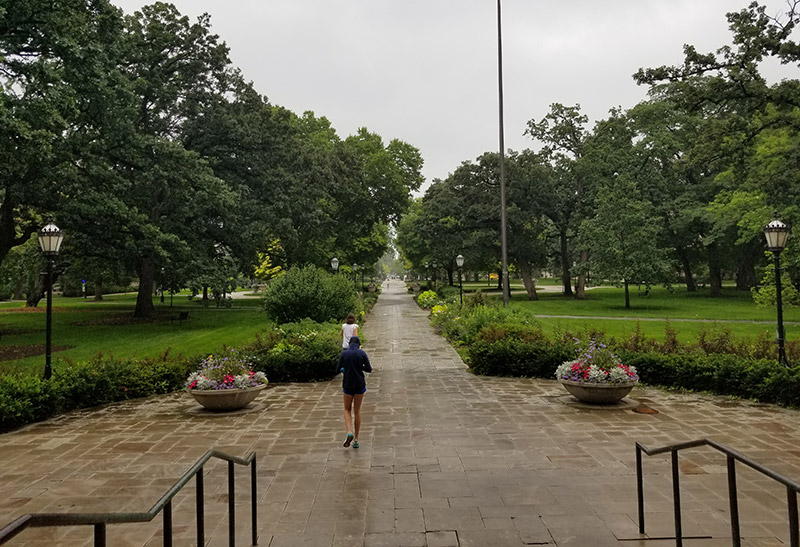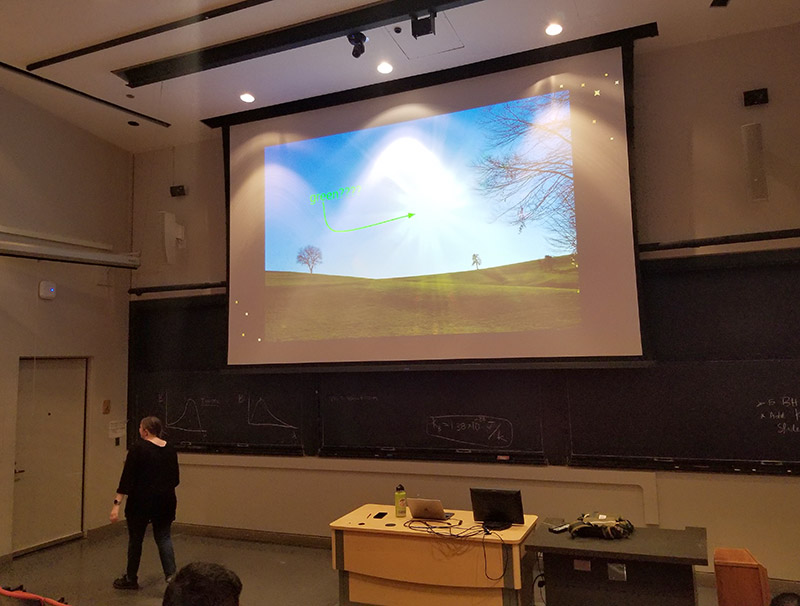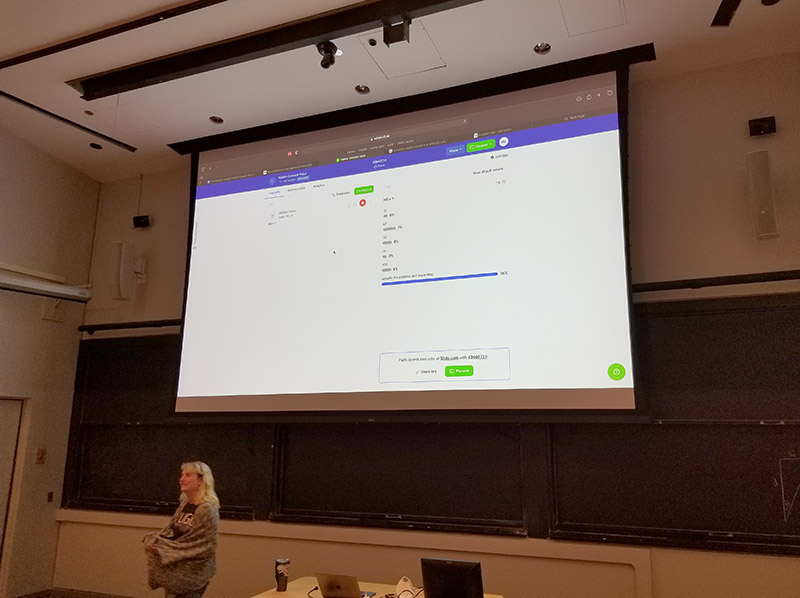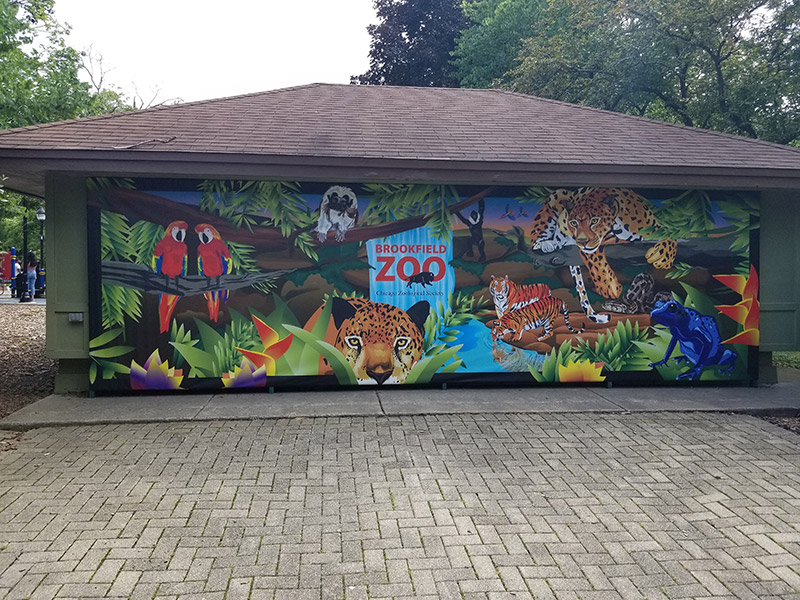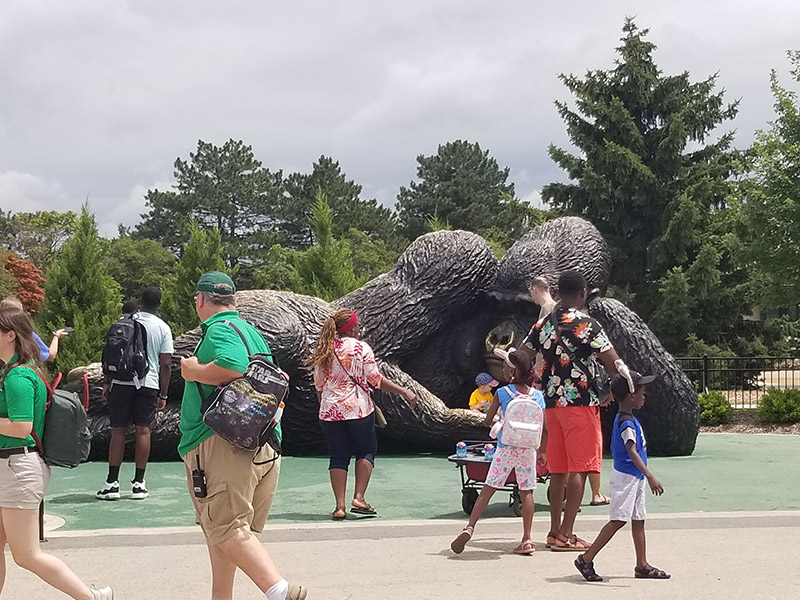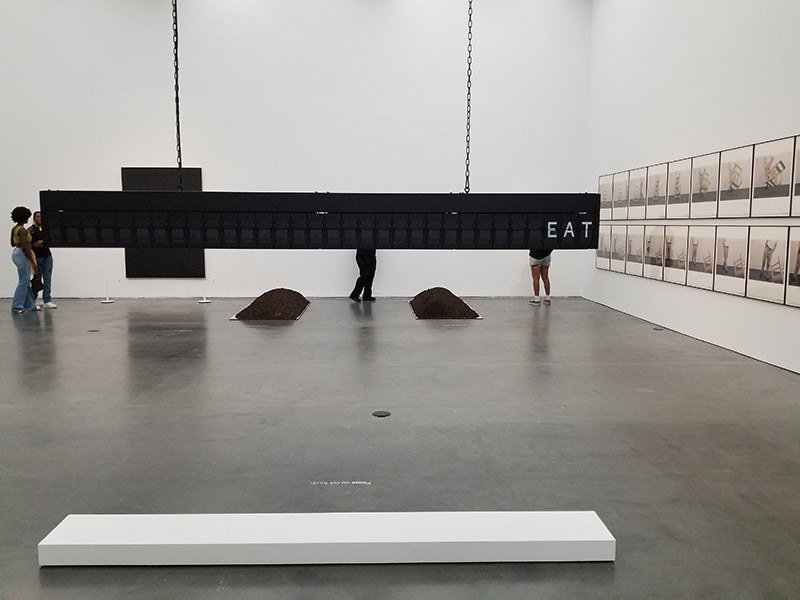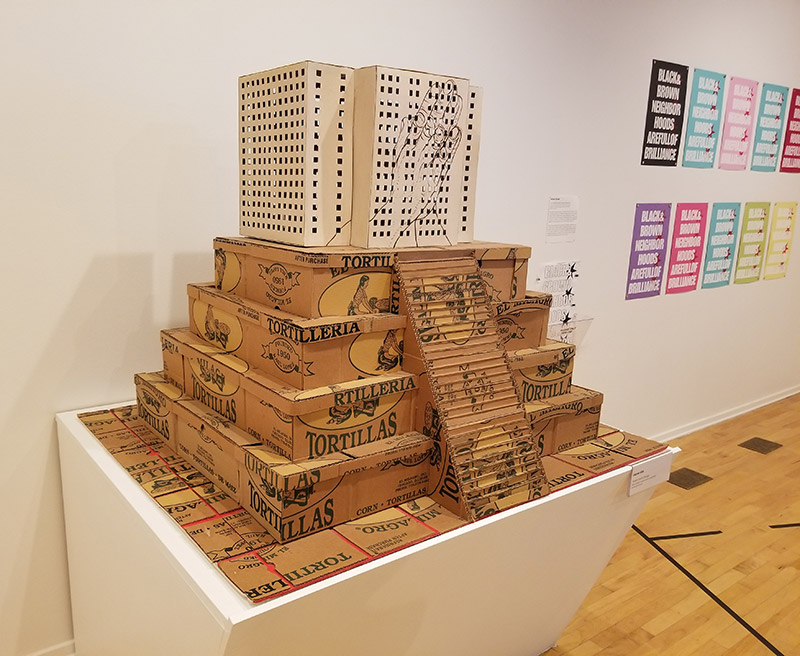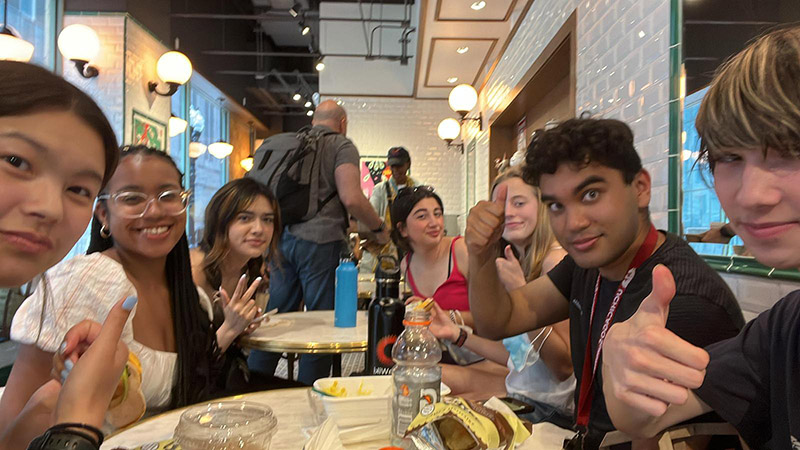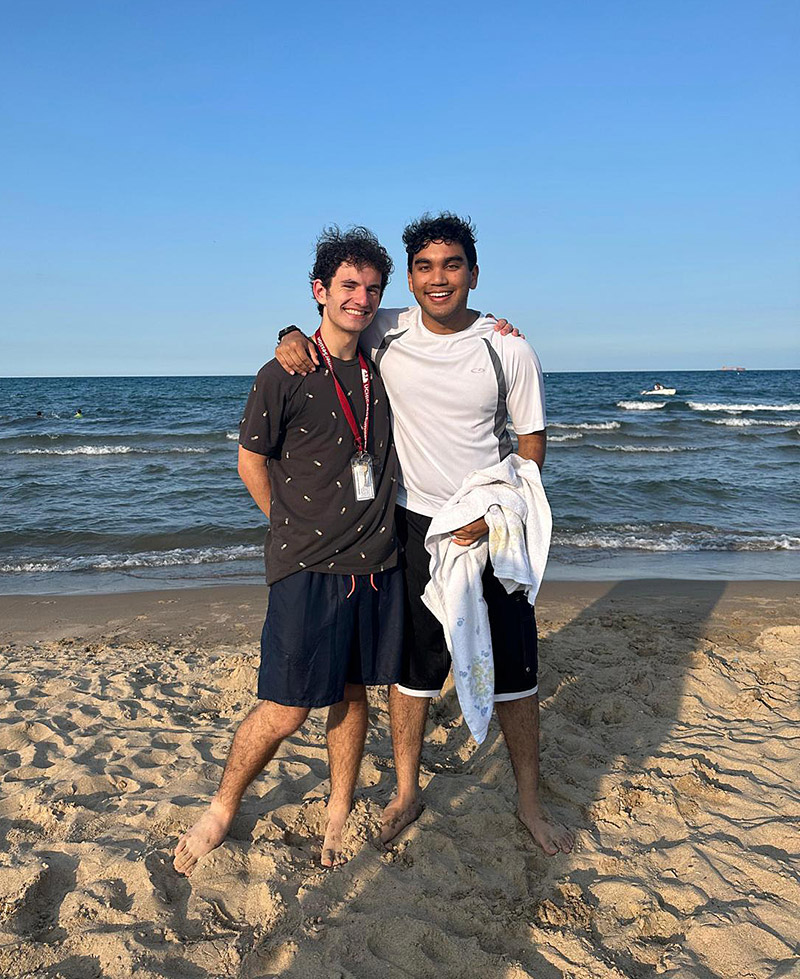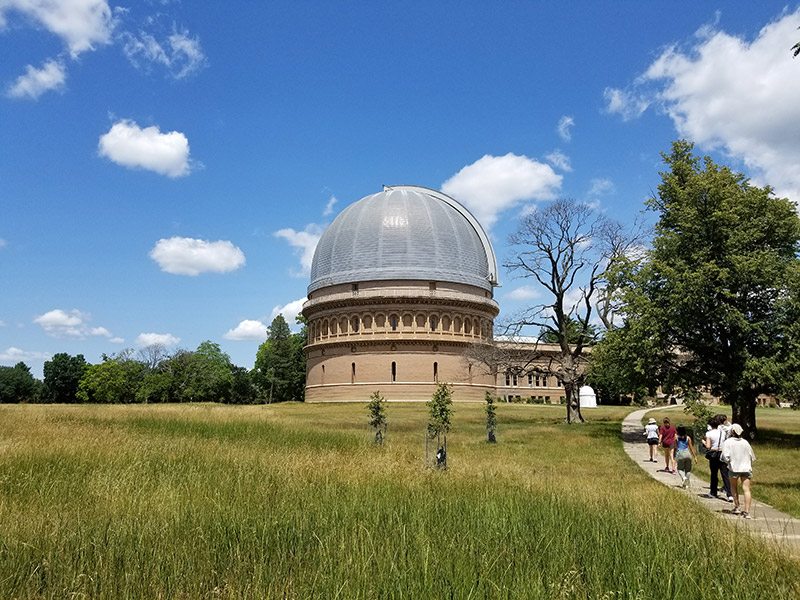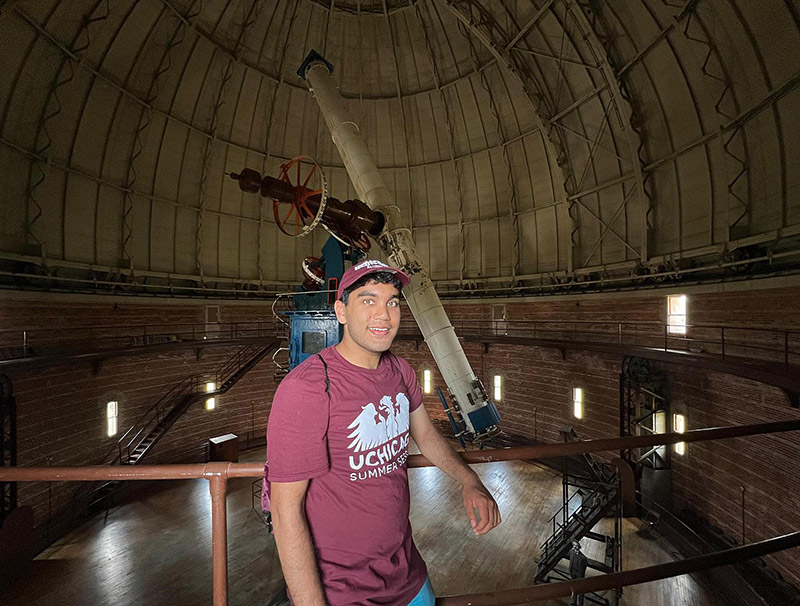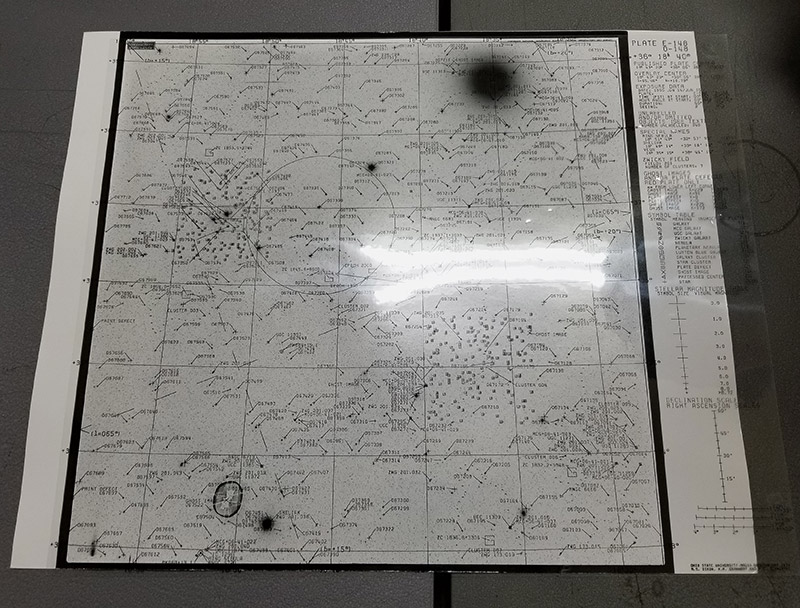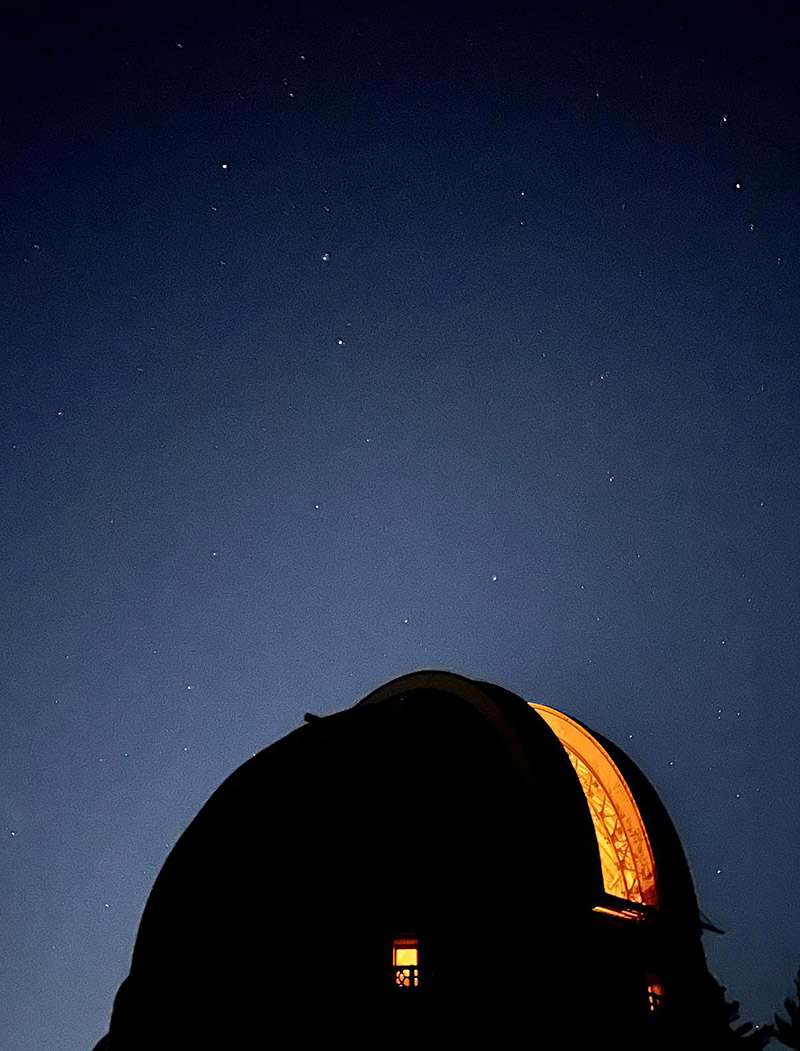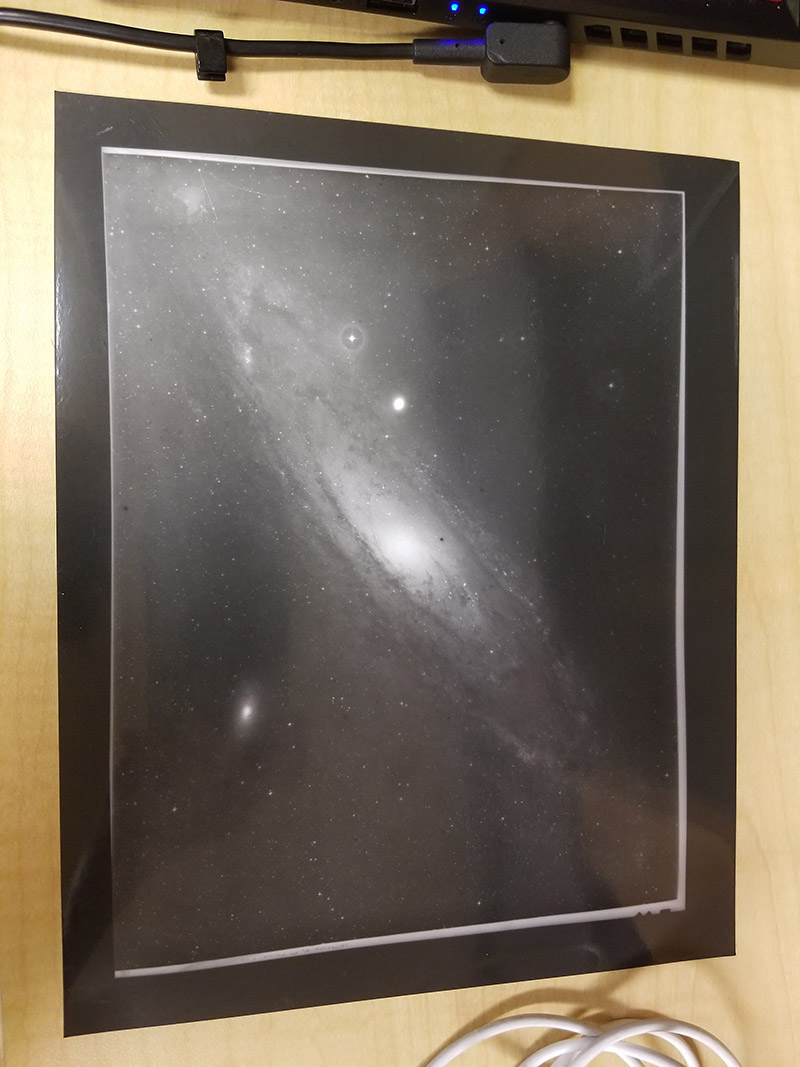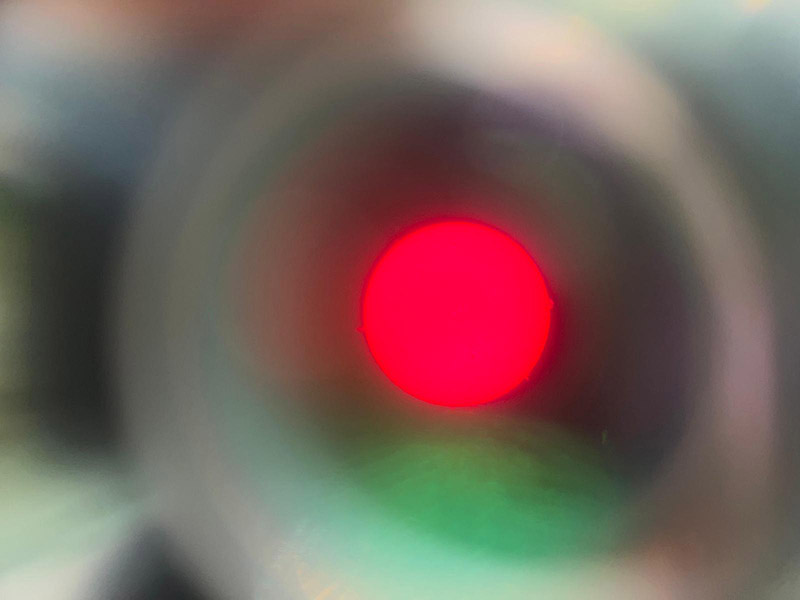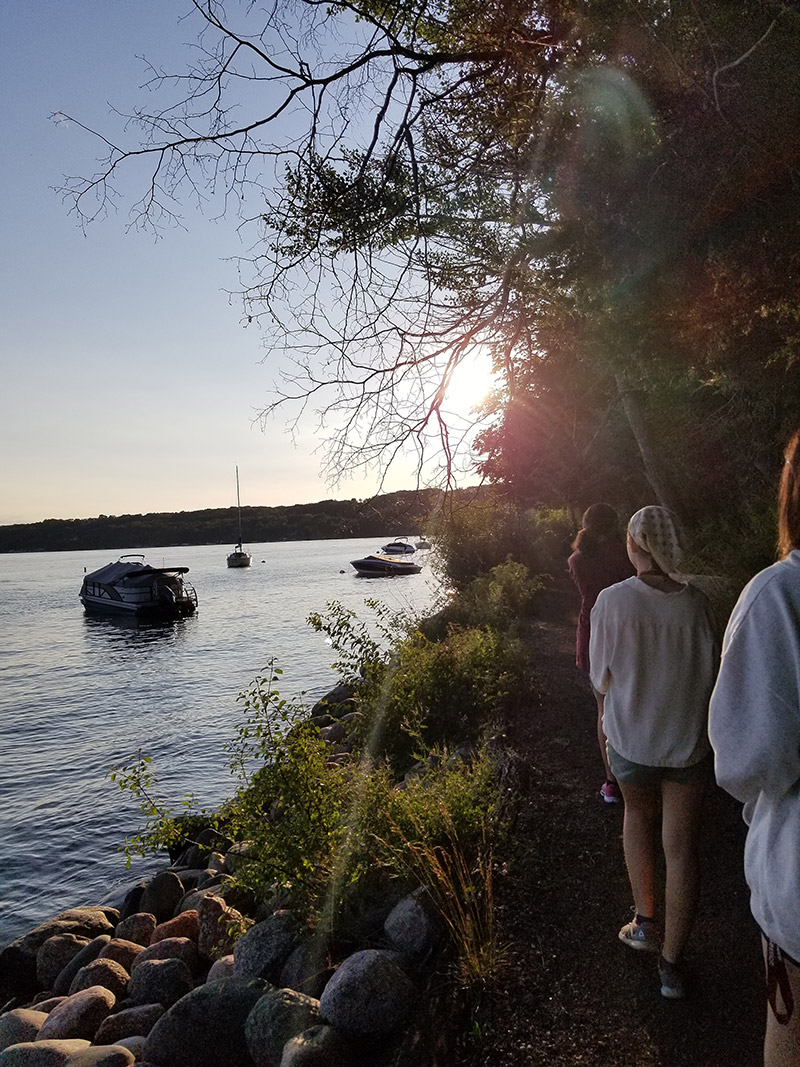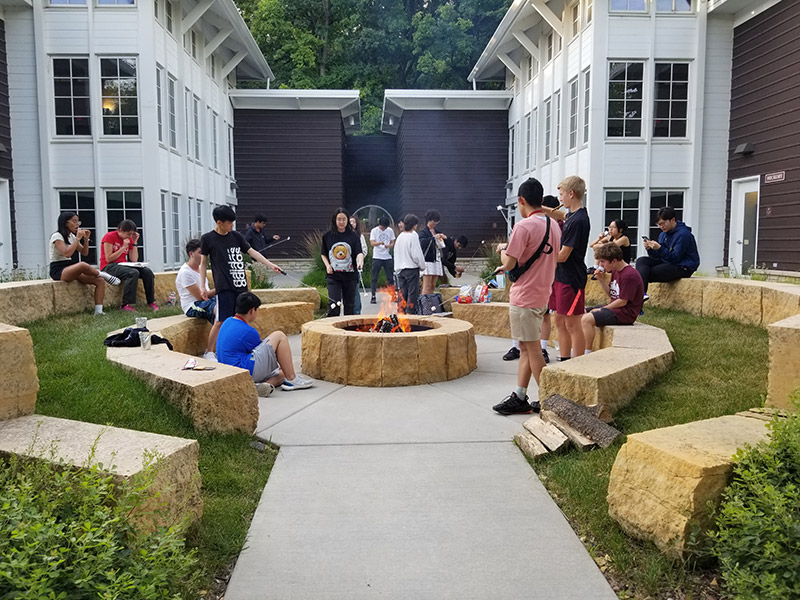Safwan Morshed reports on his first week attending Physics of Stars: An Introduction at the University of Chicago. Safwan spent the first week exploring the campus, getting to know his instructors, and connecting with students from around the world.
“My Physics of Stars class began with icebreakers to ease the tension in the daunting lecture hall we were stationed in. Getting to know my instructors and classmates through this made it easier to seek help and participate in class discussions. My coursework at this point predominantly focused on familiarizing myself with basic astronomical concepts. We kicked things off on the first day with a solar flux lab since the weather wasn’t expected to cooperate in the afternoon. Our class was organized into groups that would take turns going outside and measuring the absorbance of heat by an aluminum block. We then used various calculations to determine the flux of the sun from observations. It’s very satisfying to see the moment when our calculations all worked out,” Safwan explains.
“Aside from the introductory lab, the coursework was a bit challenging. Since I had no previous background in astronomy, I found it a bit harder to absorb some of the material that was being taught compared to some of my classmates. Nevertheless, I pushed through, working some long nights with my classmates on some assignments. Luckily, all that preparation paid off when it came to class time,” Safwan adds.
When not in class, Safwan and classmates had an opportunity to explore the Chicago area.
“Each weekend, there would be a few organized trips to different attractions across Chicago that students could sign up for. Through this, I was able to go to the Modern Contemporary Art Museum, the Spanish American Art Museum, and the Brookfield Zoo. The art museums offered great insight into the lives of minority groups through eye-catching and thought-provoking pieces of art. On the other hand, the carefree and open nature of the Brookfield Zoo made my weekend better,” Safwan reports.
“Overall, the UChicago experience has been unlike anything I could’ve ever dreamed of,” Safwan says.
Week Two
Safwan’s second week was “exhilarating” as the content began to make more sense, and he engaged more with the class.
“Guest lectures have made the experience captivating to an immense level. Each lecturer had their own distinct teaching style, with some opting to have a more interactive presentation with students with just a blackboard while others used a slideshow to express complex ideas. One lecturer even showed us an online game in class that would’ve helped us memorize a sequence of chain reactions during stellar evolution. A few bursts of laughter would fill the lecture hall in response to concepts like nuclear pasta and jokes thrown around by the lecturers. Beyond all the fun, information about star death, nuclear fusion, and important women in astronomy made these lectures worthwhile.,” Safwan reports.
“Our class took a mini-field trip on Thursday to the neighboring research building to attend a graduate institute. The event consisted of UChicago astronomy students in graduate school showcasing their research in exoplanets and allowing our class to ask questions in regard to their methodology and interests. Each of the presenters gave an overview of their specific field of research and explained in general terms what the relevancy of their research was,” Safwan adds.
After class, Safwan and friends were able to visit more city of Chicago attractions, plus compete in dorm House Games which included dancing the Macarena and forming a human pyramid.
“I was also able to explore more of Chicago, including visits to the Art Institute, Millennium Park, the Garden of the Phoenix, and downtown. Witnessing a multitude of famous artwork in every gallery at the Art Institute was significantly more fun than I had originally expected. Alongside the friends I made in UChicago, exploring the city has been a blast. Walking along the beach, admiring the cityscape, and stumbling across various attractions made trips into the city more welcoming,” Safwan says.
Week Three
“In the final few days of the program, my class went to Williams Bay, Wisconsin to visit the famous Yerkes Observatory. The notoriety of the location made the trip all the more exciting as it colloquially holds the title of “the birthplace of modern astrophysics.” The Tuesday we arrived, the head of the astronomy department at UChicago gave us an informative tour of the facility. His insight into the history of the location along with the experiments that had taken place here. We learned of various astronomers and physicists visiting the observatory including Edwin Hubble and Albert Einstein. We also got to see decommissioned technology in a “junk room” that was intended for the Strategic Defense Initiative of the Reagan administration,” Safwan explains.
“Our instructors decided on Wednesday to set up various stations around the observatory where students would get into groups and rotate between each activity. One station was set for an observation of the Sun through a solar telescope. While the only requirement for the station was to draw a picture of what we saw through the lens, a few of my group members and I decided to get a photo of the sun through the lens. After several adjustments to the phone camera and telescope angle, we were able to produce a photograph that left one of our instructors in awe,” Safwan adds.
“My favorite station on Wednesday would have been the sky survey room. Venturing past a series of “Employee Only” signs, staircases, and ominous hallways will lead to a vast array of documented sky surveys taken by the refracting telescope throughout its life in commission by the University of Chicago. Various cabinets filled to the brim with long sheets of paper that had been recorded along with plastic overlays that gave labels to the astronomical objects that were identified by scientists in the past. My group enjoyed looking up the coordinates of various objects we’ve heard of and identifying them ourselves using the collection of sky surveys,” Safwan says.
“This trip also gave me the opportunity to go stargazing for the first time in my life in an area with minimal light pollution. A few of my classmates and I decided to lie on the grass to admire the night sky in all its beauty. It was amazing to see and actually identify stars in the sky based on what we learned in class. It was equally amazing to manipulate the telescope within the observatory late at night to observe a wide field of stars,” Safwan reports.
The week ended with a walk along the lakeshore path, an evening playing frisbee at the beach, and meaningful campfire conversations.
“The following day marked a series of goodbyes I had to make with all the people I’ve gotten to know through my class and throughout my time at UChicago. Overall, it’d be an understatement to say this experience was beyond extraordinary as it opened my eyes to what astronomy and city life had to offer,” Safwan says.
Sounds like you had a stellar experience at the University of Chicago. Great job, Safwan!
>> Read Safwan Morshed’s final report (PDF file, 77 KB).
>> Learn about other students’ experiences in the GFF Scholarship Program.

